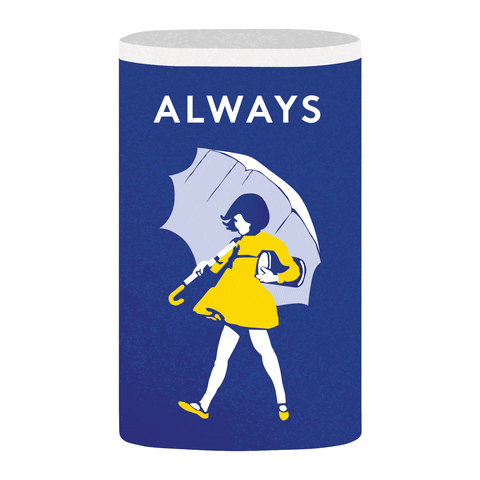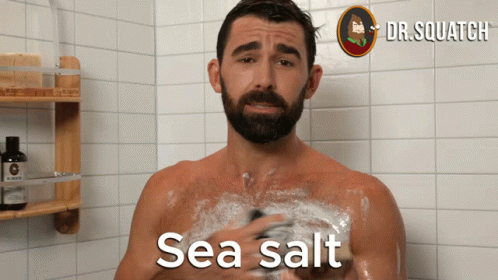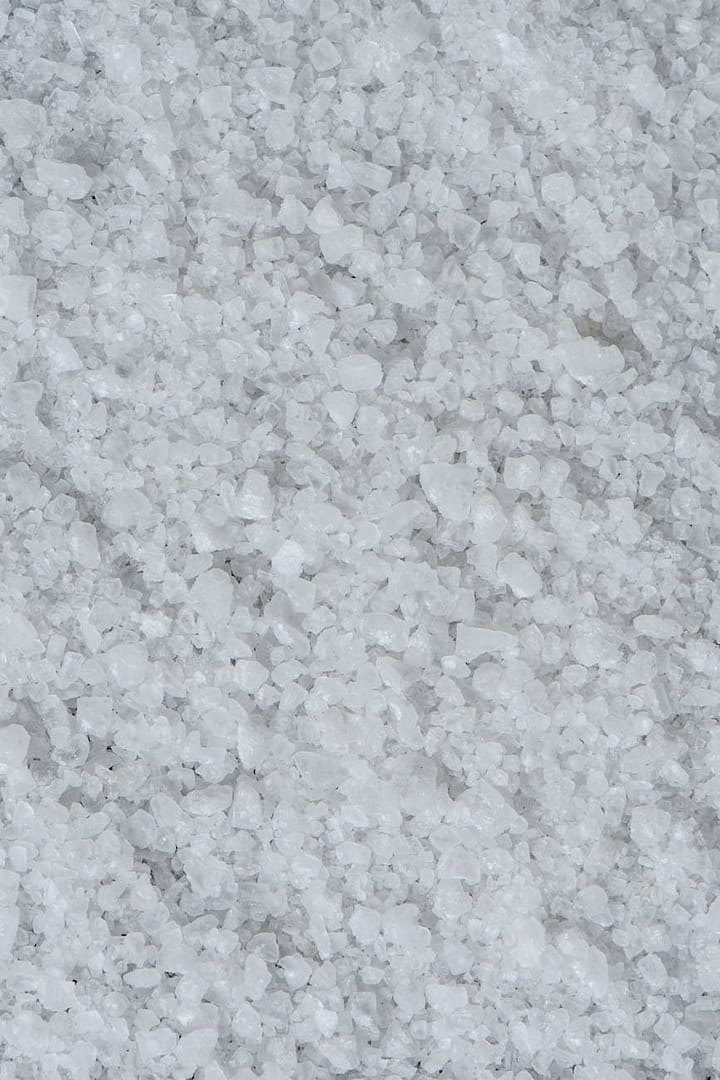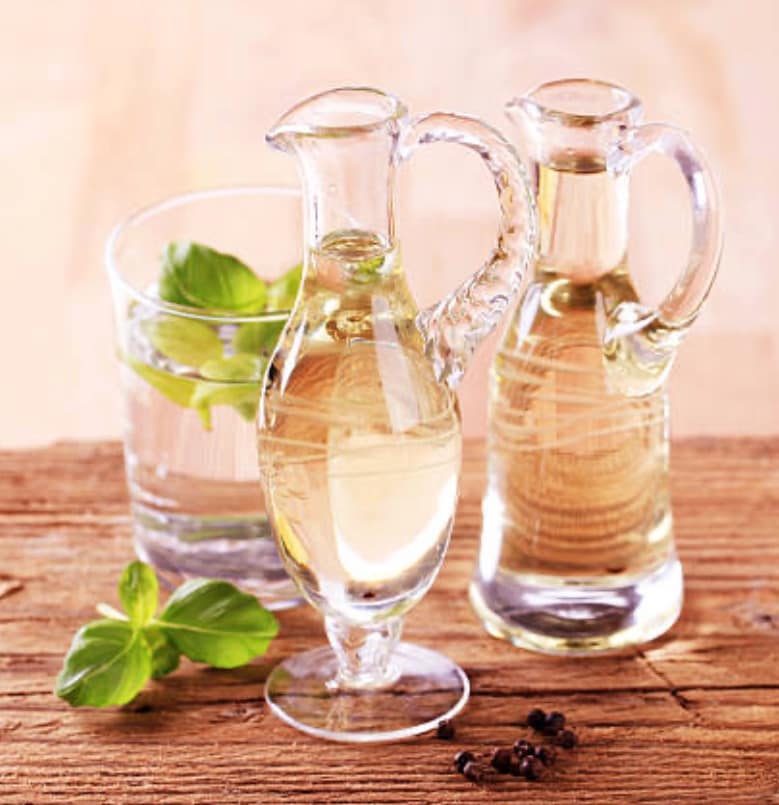Let’s talk about sea salt. The ingredient that sits in a Pinterest-worthy glass jar on your counter while regular table salt hides in a plastic shaker like it owes you money. Sea salt is one of those kitchen staples that manages to feel both rustic and glamorous—like it could season your French fries and be rubbed into your skin at a luxury spa in the Maldives.
But beyond its Instagram aesthetic, sea salt has a long, gritty history. So buckle up, because this humble crystal has been seasoning human life (and drama) for thousands of years

Origins: Born of Ocean and Sun
Sea salt comes from the most obvious place imaginable: the ocean. The process is deceptively simple—evaporate seawater until you’re left with the mineral-rich crystals we sprinkle on everything from steaks to salted caramel brownies.
Historically, the oldest known sea salt production dates back to around 6000 BCE in what’s now Romania, where ancient humans boiled brine in clay pots until only the salt remained. From there, the technique spread across the Mediterranean, China, and beyond. Salt (sea salt included) was such a valuable commodity that it was once used as currency (yes, actual money). This is where we get the phrase “worth your salt,” because apparently, nothing screams economic stability like seasoning your soup.

A Brief, Salty History
- Ancient Egypt: Used sea salt for preserving food and mummifying bodies. (The ultimate “forever freshness” seal.)
- Rome: Built entire roads—like the Via Salaria—just for transporting salt.
- Medieval Europe: Sea salt trade fueled coastal economies and sometimes wars.
- 18th–19th Century: Industrial salt production began stealing sea salt’s thunder, with refined table salt becoming cheaper and more widely available.
- Today: Sea salt is having a gourmet comeback, thanks to the rise of artisanal food culture and Instagram chefs who swear Maldon flakes are the difference between “meh” and “Michelin-star-worthy.”

Uses: From Kitchen to Spa
In food:
- Seasoning: Sprinkle it over literally anything for that satisfying crunch and burst of flavor.
- Preserving: Sea salt helps prevent bacteria growth in meats, fish, and pickled vegetables.
- Finishing Touch: Used as a “finishing salt” on desserts and roasted veggies for both flavor and texture.
Outside the kitchen:
- Bath soaks: Supposed to help with muscle relaxation and exfoliation.
- Skincare scrubs: Mix it with oil for an at-home body polish.
- Feng shui cleansing rituals: Because apparently your bad vibes can be salted away like a slug.

Sea Salt vs. Table Salt: The Showdown
| Feature | Sea Salt | Table Salt |
|---|---|---|
| Origin Story | Evaporated from ocean water, sometimes in picturesque coastal towns where people wear linen shirts. | Mined from underground salt deposits, refined until it’s the blandest version of itself. |
| Processing | Minimal refining, retains trace minerals like magnesium, calcium, and potassium. | Highly refined, minerals stripped, usually has anti-caking agents added. |
| Flavor | Complex, sometimes briny or earthy depending on source. | Straightforward, one-dimensional “salty.” |
| Texture | Flakes, coarse crystals, or chunky nuggets—adds drama and crunch. | Fine, uniform grains—good for baking but zero texture points. |
| Price | Can be 5–20x more expensive because we love to pay for vibes. | Cheap and available literally everywhere. |
| Best For | Finishing dishes, sprinkling over chocolate chip cookies, spa day scrubs. | Baking, everyday cooking, brining (if you’re not trying to impress anyone). |
| Health Halo | Marketed as more “natural,” but sodium content is basically the same as table salt. | Not sexy, but does its job without fanfare. |
| Potential Downsides | Microplastics from ocean harvesting, inconsistent grain size, hits your wallet harder. | Anti-caking agents, lacks minerals, feels “processed.” |
Pros and Cons of Sea Salt
Pros:
- Minerals, baby: Contains trace minerals like magnesium, calcium, and potassium that table salt loses during processing.
- Flavor: Tends to have a more complex taste than table salt, which is basically just “salty and done.”
- Texture: Flakes and coarse crystals add crunch and drama to dishes.
- Less processed: Minimal refining means it feels more “natural” (though chemically, it’s still mostly sodium chloride).
Cons:
- Price: Costs more than table salt—sometimes absurdly more, considering it’s still just salt.
- Not low sodium: Don’t let the “natural” marketing fool you; it’s just as high in sodium as table salt, which can be a concern for people with blood pressure issues.
- Inconsistent grain size: If you’re baking, the uneven texture can throw off measurements.
- Microplastics: Since it’s harvested from oceans, trace amounts of microplastic have been found in some brands. (Bon appétit?)

How to Use Sea Salt Without Wasting It
- Reserve the Fancy Stuff for the Finale
- Don’t throw your $12 artisanal sea salt into boiling pasta water unless you like pouring money down the drain. Save it for sprinkling after cooking so the texture and flavor actually stand out.
- Think Contrast
- Sea salt shines when it’s the counterpoint—sweet brownies, rich caramel, buttery cookies, creamy burrata. It’s the edible equivalent of a great pair of statement earrings.
- Keep the Jar Closed
- Moisture is sea salt’s kryptonite. Leave it open, and it will clump faster than you can say “Himalayan pink.” Store it in an airtight container unless you like chiseling your seasoning out with a butter knife.
- Mind Your Measurements
- Coarse grains = less salt by volume than fine grains. If a recipe calls for table salt, reduce the amount slightly when using sea salt unless you’re aiming for “Dead Sea” levels of salinity.
- Experiment, Don’t Hoard
- You do not need 14 different varieties unless you’re opening a food truck. Pick one everyday sea salt and one flaky finishing salt—you’ll actually use them before they turn into kitchen clutter.

The Kristen Experiments Take
Sea salt is like that friend who shows up late to brunch but brings a bottle of champagne—you forgive the price tag and extra fuss because they make everything better. Is it essential to have multiple varieties in your pantry? No. But does a flaky sprinkle of Maldon on warm chocolate chip cookies taste like angels wept into your mouth? Absolutely.
If you use it wisely—knowing when it’s worth the splurge and when it’s overkill—sea salt can elevate your cooking, your skincare, and possibly your aura. Just remember, it’s still salt. Use too much, and your dinner goes from “chef’s kiss” to “ocean floor.”
Further Reading:
“A Brief History of Salt” TIME Magazine. March 15, 1982
Lambru, Steliu. “Salt in the Romanian Space in Prehistoric Times.” Radio Romania International. January 28, 2013.
“What’s the Difference Between Sea Salt and Table Salt?” Mayo Clinic.
“Salt Uses and Tips.” Saltworks: America’s Sea Salt Company.
Streit, Lizzie. “Sea Salt: Uses, Benefits and Downsides.” Healthline. November 12, 2019.











